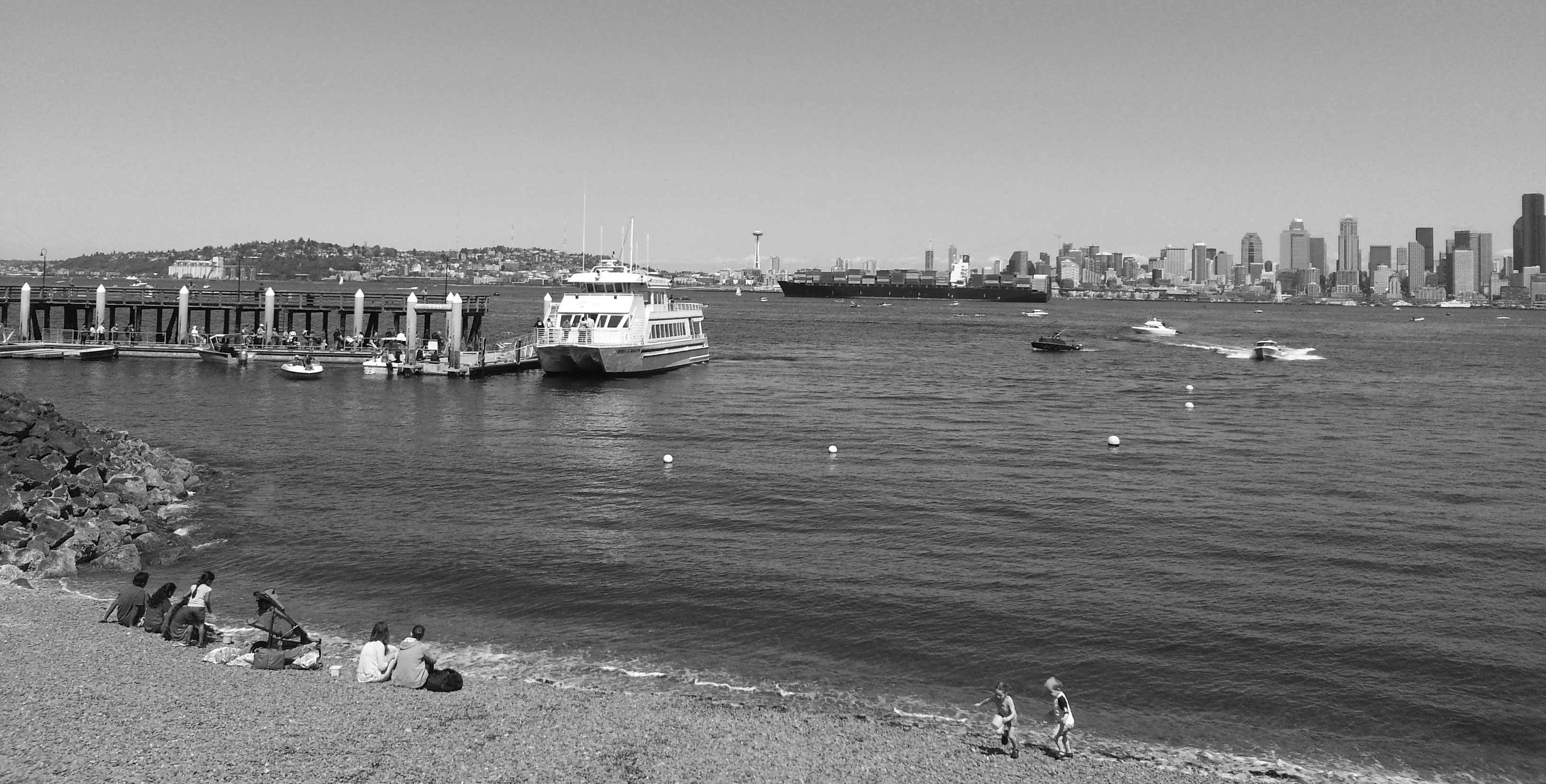Planning Tips
Here are our key takeaways from the abundance of emergency preparedness information that we found.
Build a strong neighborhood community during good times… Meet and talk to your neighbors about this. If possible, form a SNAP group. Identify those who can potentially assist others in an emergency and also identify people that potentially may need assistance. If your neighborhood has a Blockwatch program, this step will be easier. Collect items for a neighborhood emergency kit (or make note of who has them); at a minimum, it is helpful to have some fire extinguishers and a tool for shutting off gas meters.
Create an emergency plan and “Go Kits” for your household: Review your plan and restock your kits periodically. Keep your collected supplies up-to-date, seasonally appropriate, size appropriate (to accommodate growing kids) and accessible! Be sure you take precautions to keep your items DRY! Make sure they don’t overheat or freeze, as liquids can burst and other items can be ruined by temperature extremes. If you don’t have time to get prepared all at once, take small steps to make the task of collecting supplies more manageable.
Learn your way around and be observant: Travel different routes, familiarize yourself with each of the Emergency Communication Hubs, as well as the locations of public places, churches, schools, etc. This can help you identify potential resources or hazards. If you aren’t home when disaster strikes, you may need to find shelter somewhere else. If roads are closed, you may need to find alternate routes.
Take steps to make your home and work environment safer: Strap water heaters, secure other heavy things that could fall and injure you, put latches on cupboards to keep the contents inside. Clear items away from stairways and doorways in case you need to quickly exit in the dark. Take a Home Hazards class (linked from our Training & Education page) to more quickly identify potential concerns. If possible, have older homes earthquake retrofitted.
Take steps to make your outdoor environment safer: Secure items that could fall during an earthquake or become airborne during a severe windstorm; secure recycle bins and trash containers so the contents stay contained and the containers don’t end up in the roads; make sure trees are trimmed to remove dead/weakened branches; keep drains clear so that rainwater runoff does not cause unnecessary damage.
Establish good day-to-day habits: Don’t let supplies of food or medications get too low before restocking; keep your car’s gas tank more than half full; if you have oil or wood heat, keep an adequate supply. Have some cash on hand; keep your collected “to go” supplies accessible. Always maintain the recommended supply of stored drinking water!
Stay informed! Learn about emergency preparedness! Pay attention to news reports about potential severe weather, road closures, and other unforeseen issues. Learn how to turn off gas and other utilities; be observant about where utility shutoffs are located. Be sure you revisit your emergency plans whenever you move to a new home or workplace. Being prepared for an emergency is an on-going process!
